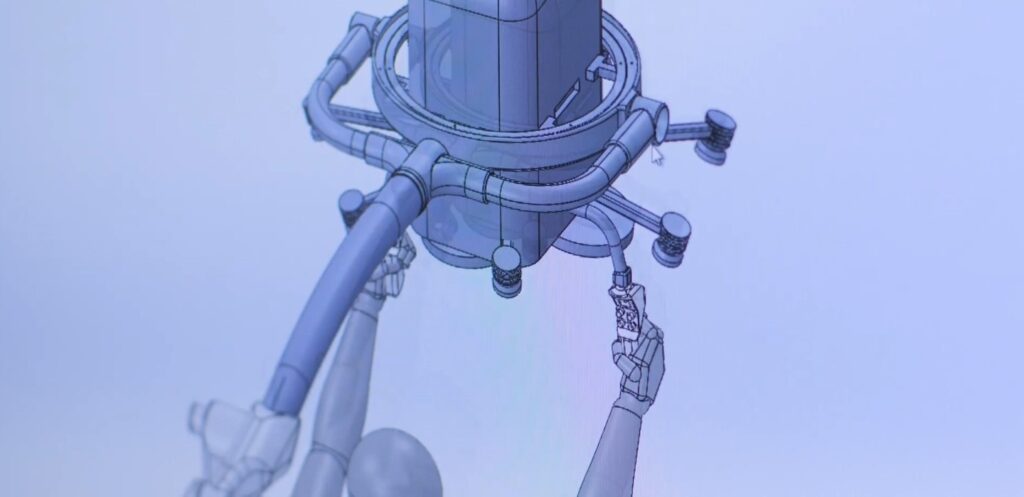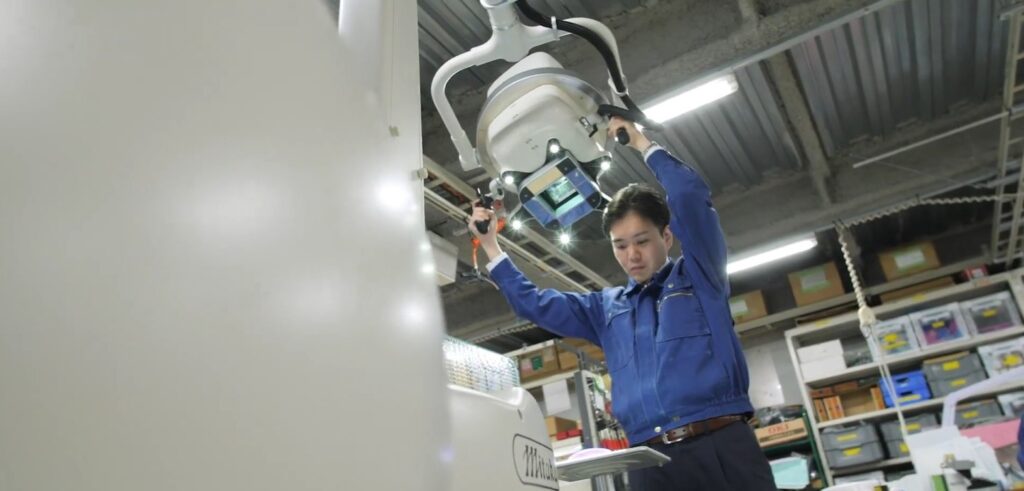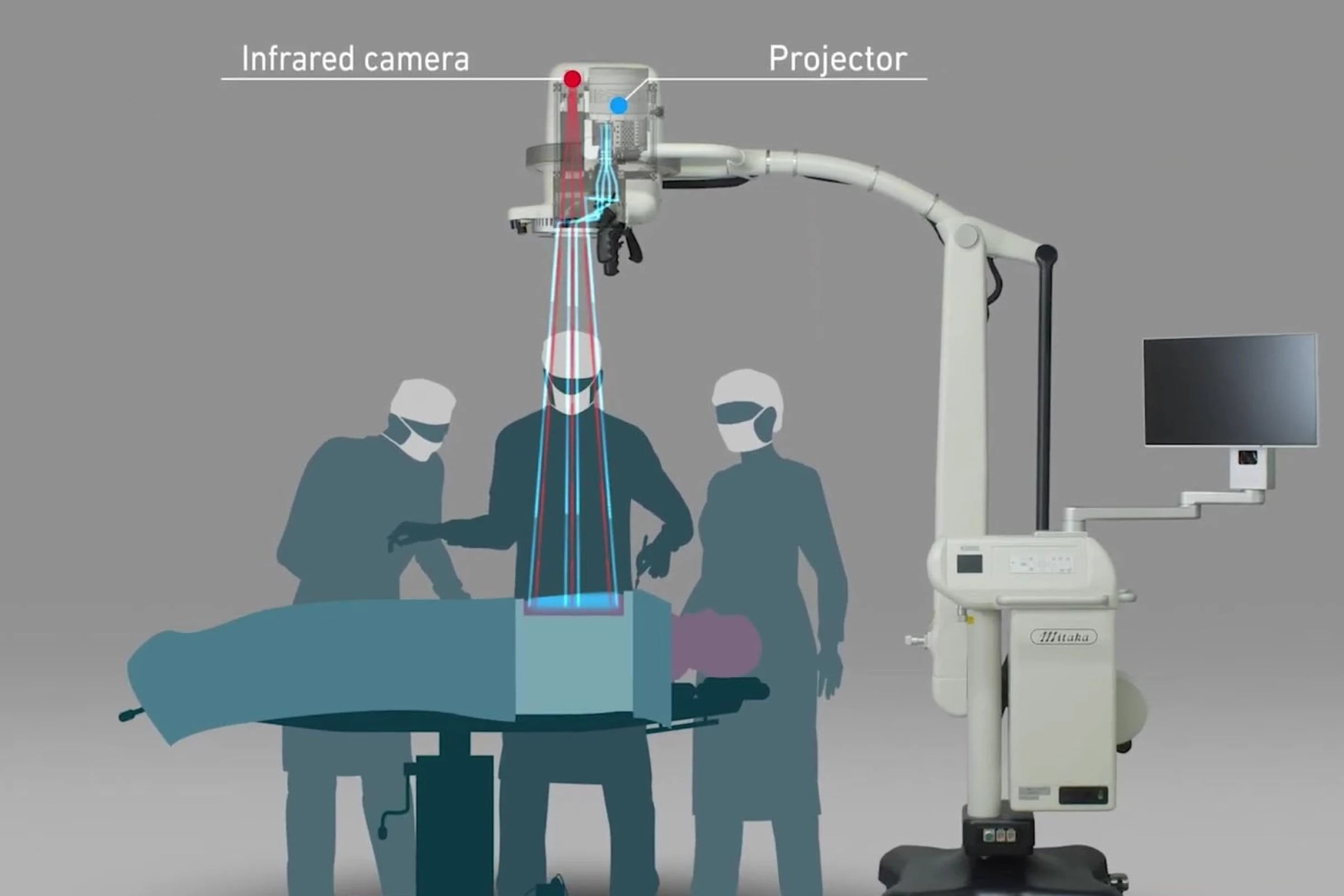Panasonic has developed a new infrared system called MIPS (Medical Imaging Projection System), which can revolutionize surgery.
MIPS not only tracks changes in the shape and position of organs in near real time, but projects images directly onto the patient as a guide for complex operations.
Imaging as a stimulus to surgery
Since the discovery of X-rays, imaging technologies have revolutionized surgery and medicine. Even the first blurry shadows of flesh and bone have made diagnosis and treatment many orders of magnitude safer and more effective.
Today we live in a world where it is possible to view highly detailed, full-color, moving 3D images of the inside of the body in real time.

Liver surgery
Despite the much progress made there is still much room for improvement, especially in addressing scenarios such as liver surgery.
The liver is not only the largest gland in the human body: it is an organ that dominates the abdominal cavity.
This means that in any surgical situation, the liver will tend to shift and sag in all ways. Worse still, the liver is permeated with blood vessels and is so complicated in terms of function that liver surgery requires a lot of attention to detail.
Maximum attention
In such a situation, indocyanine green fluorescence (ICG) imaging techniques have proved very useful. ICG is an infrared fluorescent dye that can be used for diagnosis and to produce images for heart, eye and liver surgery.
The problem was that the surgeon had to keep looking away from the patient to study the monitor.

Panasonic, Kyoto University and medical instrument company Mitaka Kohki Co., Ltd. have collaborated to create MIPS, a real-time imaging system that takes advantage of projection technology used on buildings and creates a augmented reality in the operating room.
The images captured by an infrared camera are processed and projected directly on the patient in a customizable format visible by the surgeon.
Video help for surgery
With MIPS the surgeon does not have to look away from the surgical field to capture important information such as shape and position of organs, and the interactive projection can guide doctors in making incisions along the projected lines.
In the video the functioning of the MIPS:


